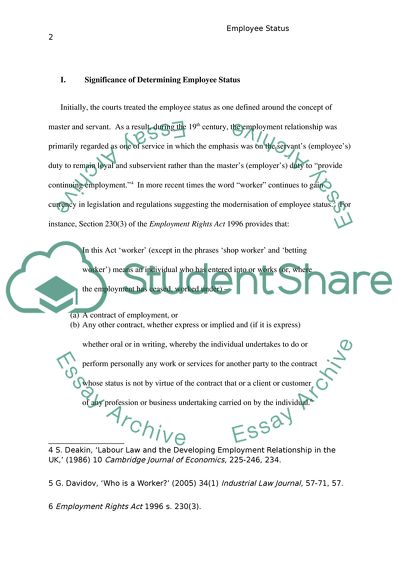Cite this document
(Employee Status Coursework Example | Topics and Well Written Essays - 3500 words - 7, n.d.)
Employee Status Coursework Example | Topics and Well Written Essays - 3500 words - 7. https://studentshare.org/law/1747957-employment-law
Employee Status Coursework Example | Topics and Well Written Essays - 3500 words - 7. https://studentshare.org/law/1747957-employment-law
(Employee Status Coursework Example | Topics and Well Written Essays - 3500 Words - 7)
Employee Status Coursework Example | Topics and Well Written Essays - 3500 Words - 7. https://studentshare.org/law/1747957-employment-law.
Employee Status Coursework Example | Topics and Well Written Essays - 3500 Words - 7. https://studentshare.org/law/1747957-employment-law.
“Employee Status Coursework Example | Topics and Well Written Essays - 3500 Words - 7”. https://studentshare.org/law/1747957-employment-law.


